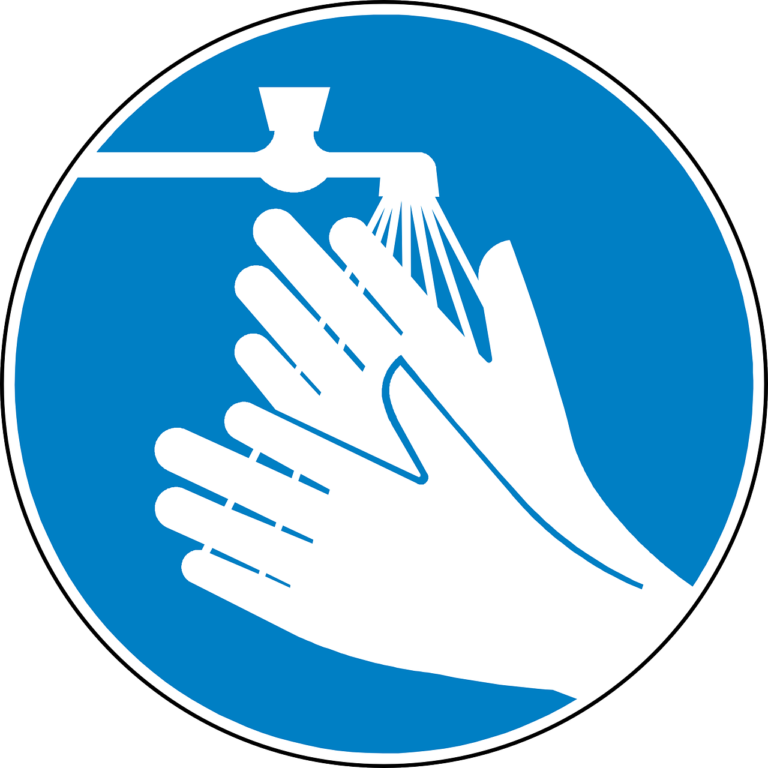Book Appointment Now

Implementing the Triple Aim in Nursing: Strategies for Quality, Population Health, and Cost Reduction
The complexities of modern healthcare demand a comprehensive approach to quality improvement. Among the most influential frameworks in recent decades is the Institute for Healthcare Improvement’s (IHI) Triple Aim, which emphasizes three core objectives: improving the patient experience of care, improving the health of populations, and reducing the per capita cost of healthcare. As front-line providers, nurses play a pivotal role in achieving the Triple Aim. Understanding and integrating this framework into nursing practice not only enhances clinical outcomes but also aligns nursing with broader healthcare transformation goals.
This article explores how the Triple Aim in Nursing is reshaping care delivery, improving patient engagement, and driving cost-effective strategies in healthcare systems.
Count on our nursing experts to deliver 100% custom paper about Triple Aim in Nursing
Write my nursing essay
Understanding the Triple Aim Framework:
Introduced by the IHI in 2007, the Triple Aim framework was designed to guide healthcare organizations in improving system performance. The three interdependent goals are:
-
Improving the patient experience of care (including quality and satisfaction),
-
Improving the health of populations, and
-
Reducing the per capita cost of healthcare.
Each aim is connected: improved patient outcomes and population health can lead to cost savings, while enhanced patient satisfaction often correlates with better adherence and fewer hospital readmissions.
For nurses, embracing the Triple Aim means delivering holistic, evidence-based care that accounts for individual and community needs while being mindful of resource utilization.
1. Improving the Patient Experience of Care:
The patient experience includes timely access, clear communication, physical comfort, emotional support, and respect for patient preferences. Nurses, as the most frequent point of contact, profoundly influence these experiences.
Strategies for Nurses:
-
Patient-Centered Communication: Listening actively, using open-ended questions, and involving patients in care decisions enhance trust and satisfaction.
-
Cultural Competence: Respecting diverse backgrounds improves inclusivity and care relevance.
-
Continuity of Care: Bedside shift reports and nurse-patient rounding promote transparency and continuity.
Evidence in Action:
A 2022 study in the Journal of Nursing Care Quality found that structured hourly rounding led to a 14% increase in patient satisfaction scores and reduced fall rates by 12%, showcasing how nurse-led interventions can meet Triple Aim goals.
2. Improving Population Health:
Population health focuses on outcomes across groups defined by geography, conditions, or demographics. Nurses, especially those in community or public health roles, are key to bridging clinical care and community-based interventions.
Strategies for Nurses:
-
Chronic Disease Management: Educating patients with diabetes or hypertension on self-monitoring and lifestyle choices reduces complications.
-
Health Promotion Campaigns: Nurses can lead initiatives on vaccination, nutrition, and mental health.
-
Data-Driven Care: Using Electronic Health Records (EHR) and risk stratification tools helps identify vulnerable populations needing focused interventions.
Example Initiative:
Community health nurses in North Carolina collaborated with local agencies to conduct mobile hypertension screenings, which led to early diagnosis in 25% of participants and reduced emergency visits by 18% over 12 months.
3. Reducing Per Capita Cost of Healthcare:
Cost efficiency does not mean cutting care but eliminating unnecessary interventions and optimizing resources. Nurses play a role in preventing hospital-acquired conditions, readmissions, and duplicative tests.
Strategies for Nurses:
-
Preventive Care: Administering vaccines and managing early symptoms prevents costly complications.
-
Care Coordination: Nurse navigators who follow patients from admission through discharge reduce care fragmentation.
-
Evidence-Based Practice: Avoiding low-value procedures and focusing on best practices ensures resource efficiency.
Case Study:
A hospital in Michigan integrated nurse-led transitional care programs that reduced 30-day readmissions for heart failure by 21% and saved over $2.5 million annually.
The Role of Nurse Leaders and Educators:
To institutionalize the Triple Aim, nursing leadership must foster a culture of continuous quality improvement and interdisciplinary collaboration. Nurse educators should integrate Triple Aim principles into training programs, emphasizing real-world applications and systems thinking.
Suggested Curriculum Components:
-
Health system economics
-
Interprofessional teamwork
-
Data literacy and informatics
-
Quality improvement methodologies (like Lean, Six Sigma, PDSA)
Challenges to Implementation:
Despite the benefits, applying the Triple Aim in nursing practice faces challenges:
-
Workforce Shortages: Staffing limitations hinder proactive patient engagement.
-
Data Silos: Lack of integrated data systems restrict population health monitoring.
-
Policy Barriers: Reimbursement models often incentivize volume over value.
Addressing these challenges requires supportive legislation, investment in health IT, and recognition of nurses’ roles in healthcare innovation.
Aligning with the Quadruple Aim:
While the Triple Aim remains foundational, many healthcare systems now embrace the Quadruple Aim, which adds a fourth goal: improving the work life of healthcare providers. Burnout among nurses undermines care quality and safety. Supporting nurse well-being through manageable workloads, professional development, and mental health support is crucial for sustaining the Triple Aim.
The Triple Aim in Nursing is more than a policy framework—it’s a practical, patient-centered approach to delivering high-value healthcare. By aligning daily practice with its three goals, nurses become not only caregivers but strategic agents of change in a complex health landscape. As healthcare continues to evolve toward integrated and value-based models, the role of nursing in actualizing the Triple Aim will only grow in importance.
References:
-
Berwick, D. M., Nolan, T. W., & Whittington, J. (2008). The Triple Aim: Care, health, and cost. Health Affairs, 27(3), 759–769.
-
Bodenheimer, T., & Sinsky, C. (2014). From Triple to Quadruple Aim: Care of the patient requires care of the provider. Annals of Family Medicine, 12(6), 573–576.
-
Institute for Healthcare Improvement. (2023). What is the Triple Aim? Retrieved from www.ihi.org
-
Journal of Nursing Care Quality. (2022). Impact of Hourly Rounding on Patient Satisfaction and Safety Metrics.



